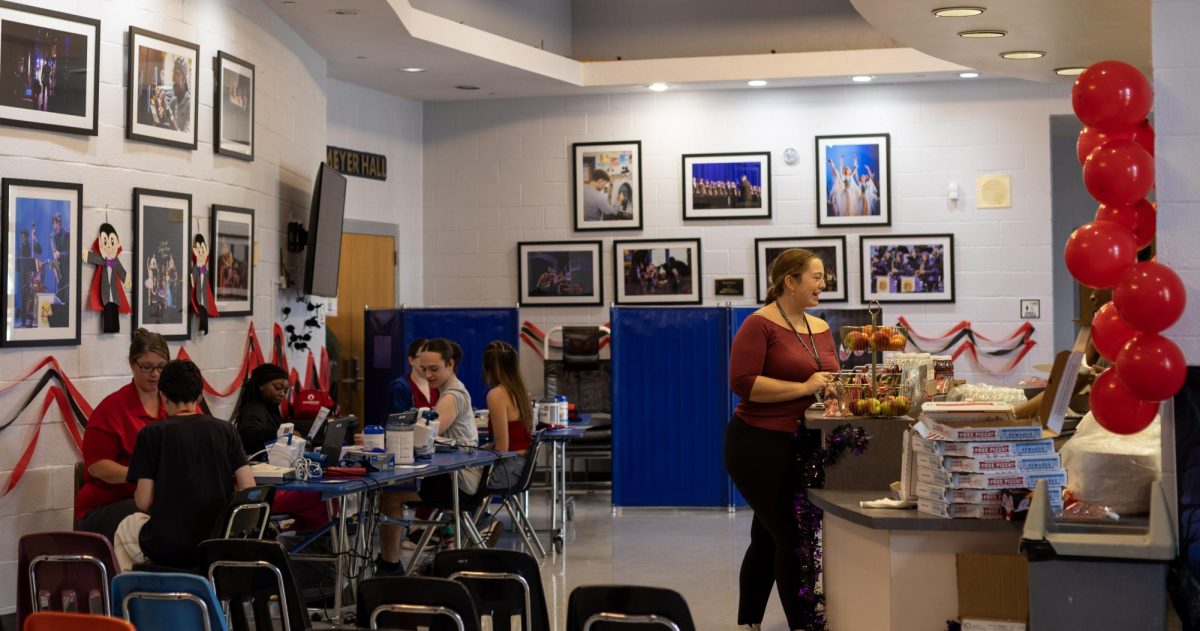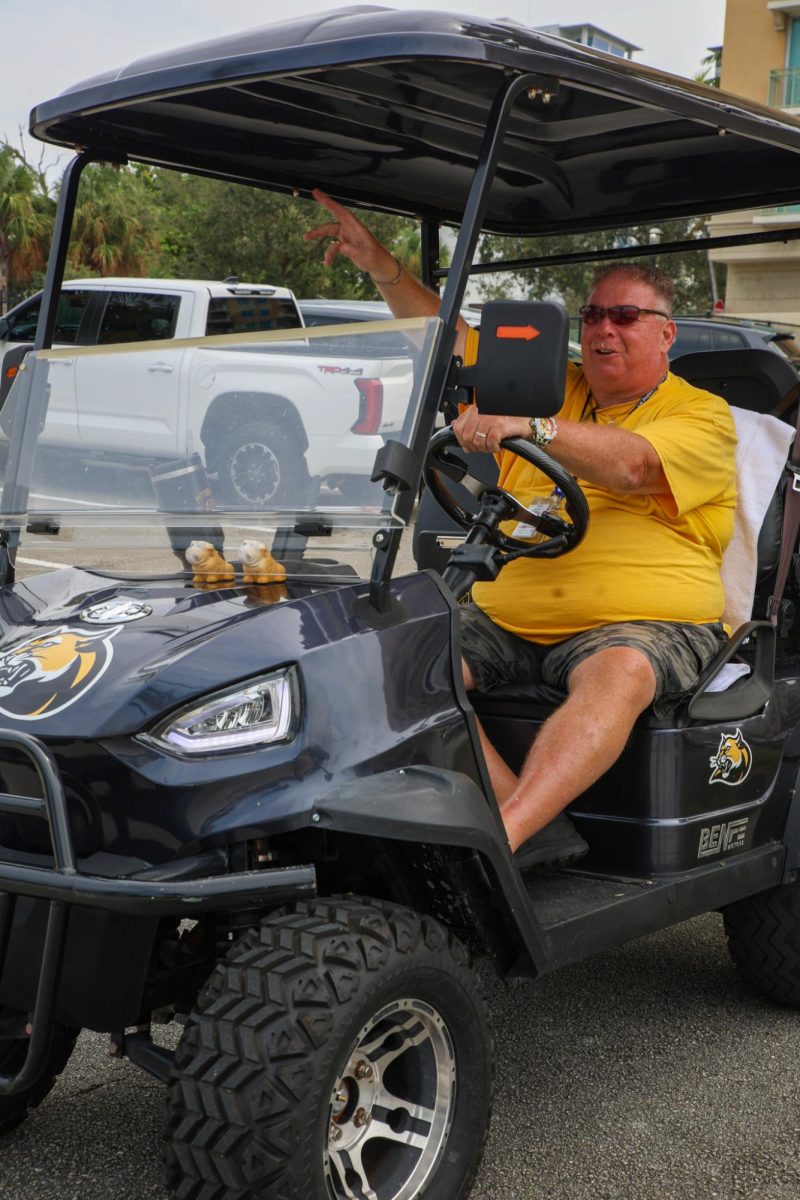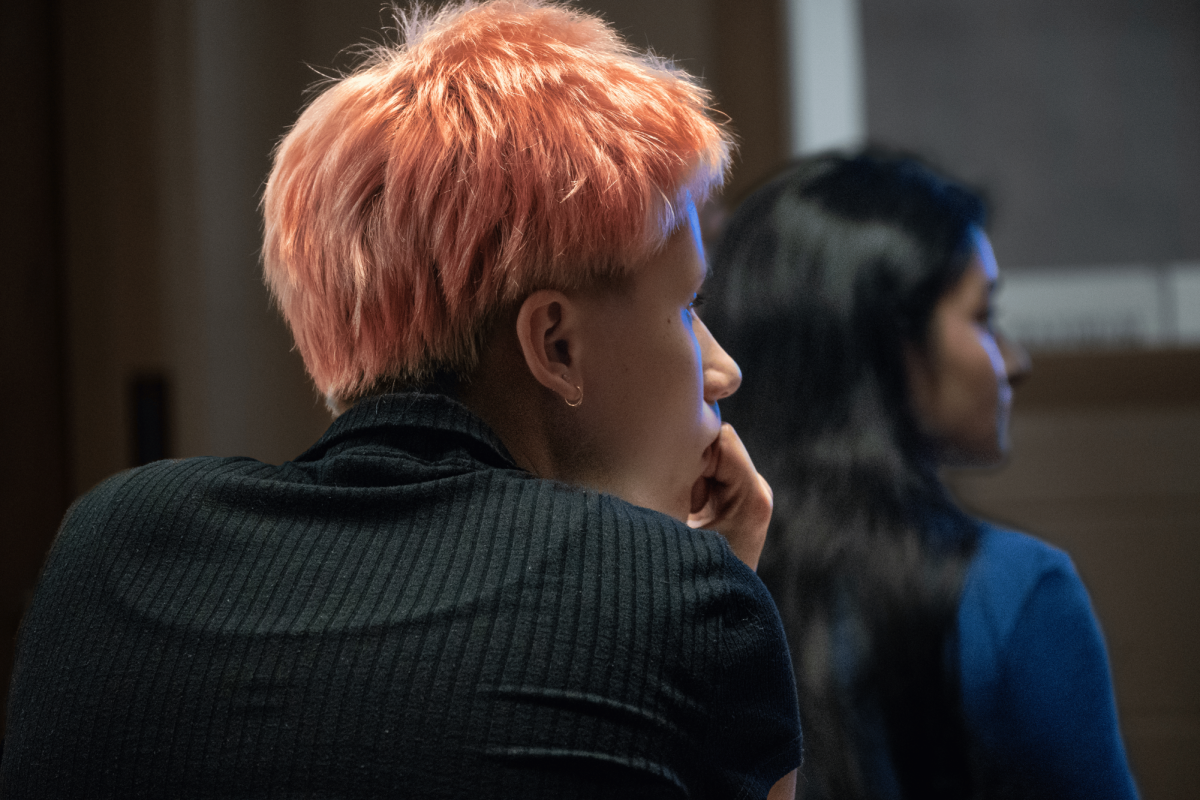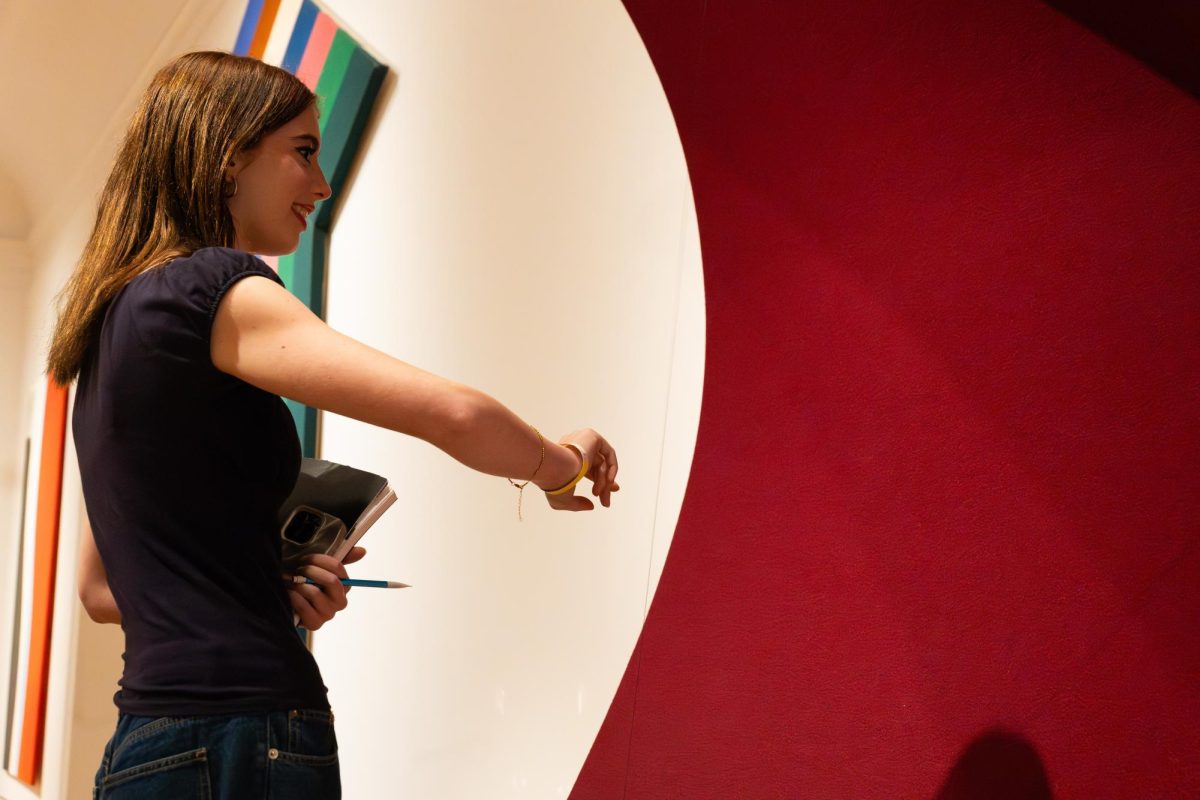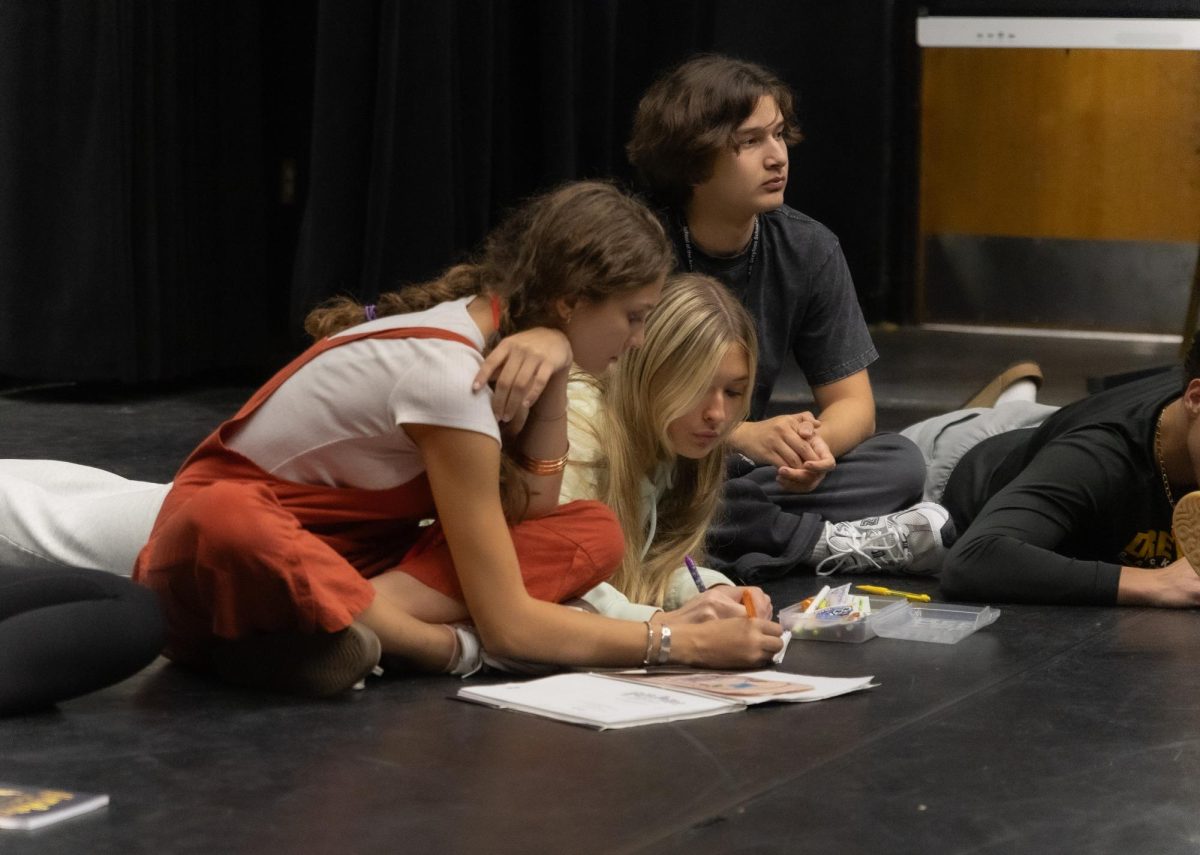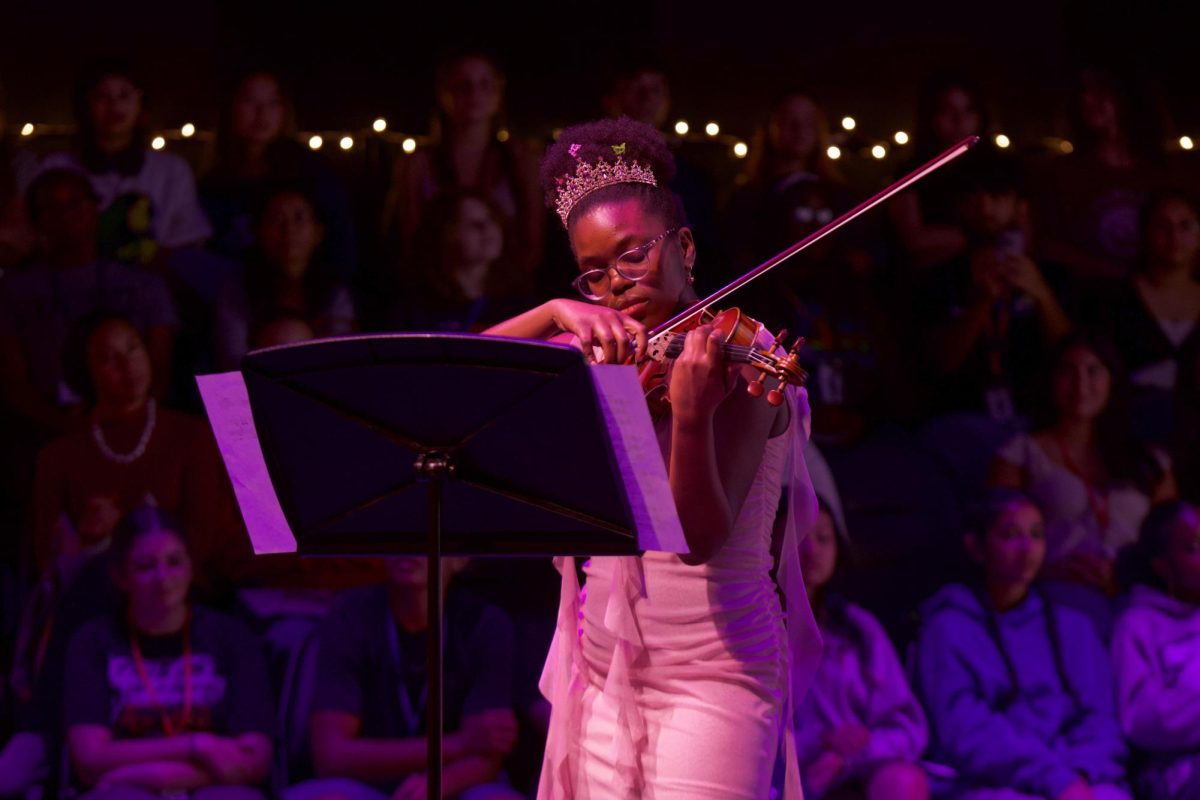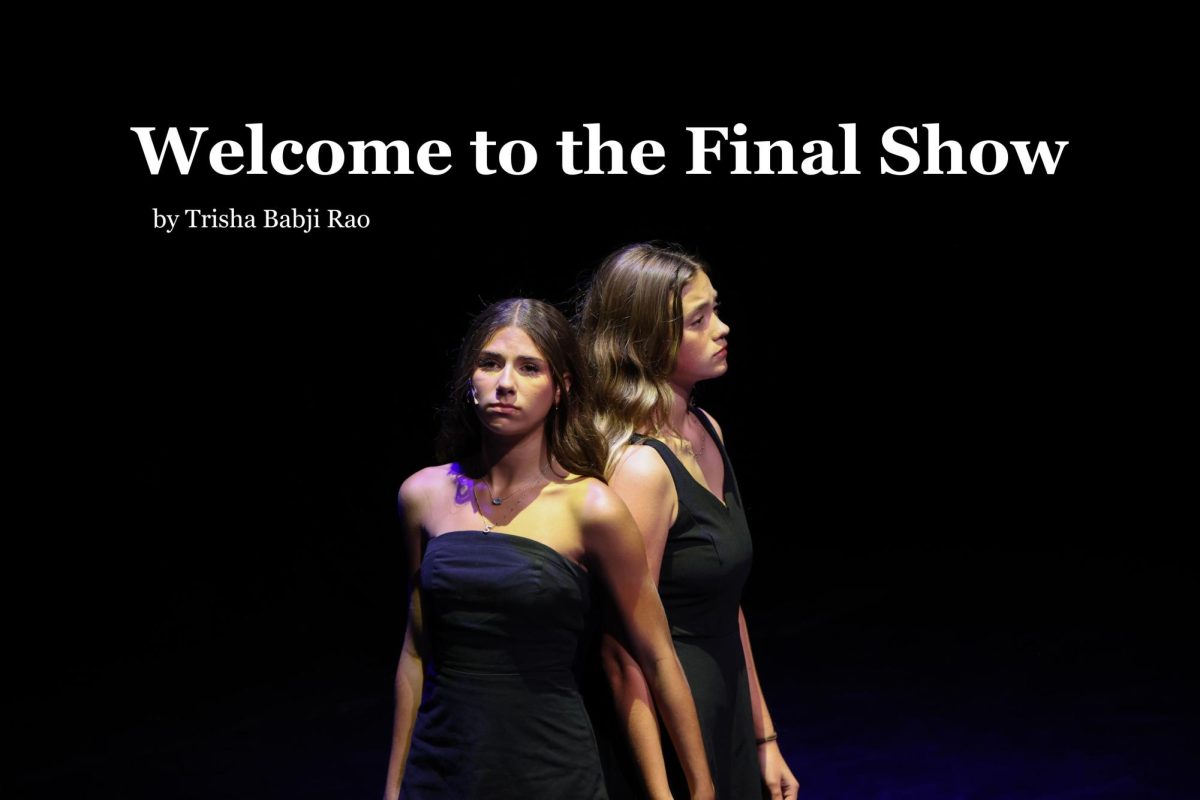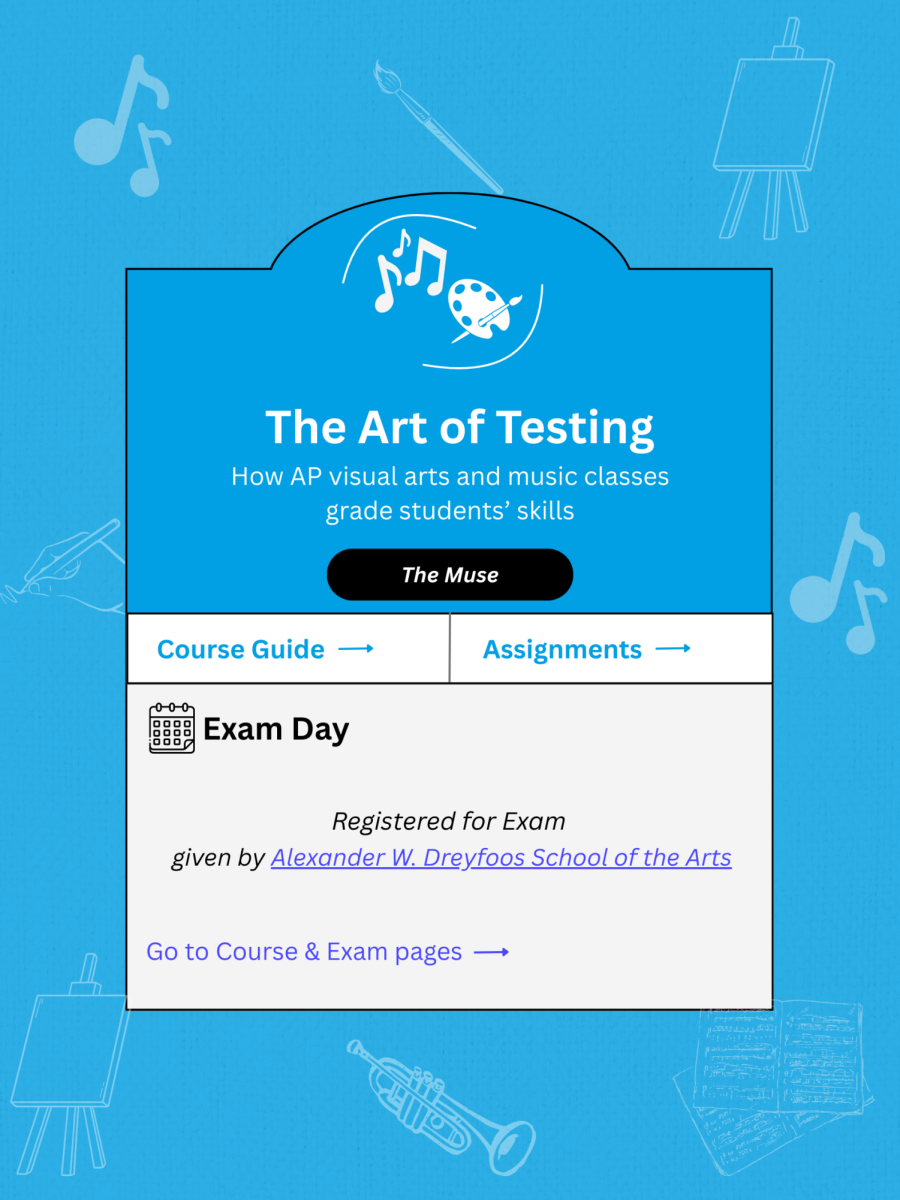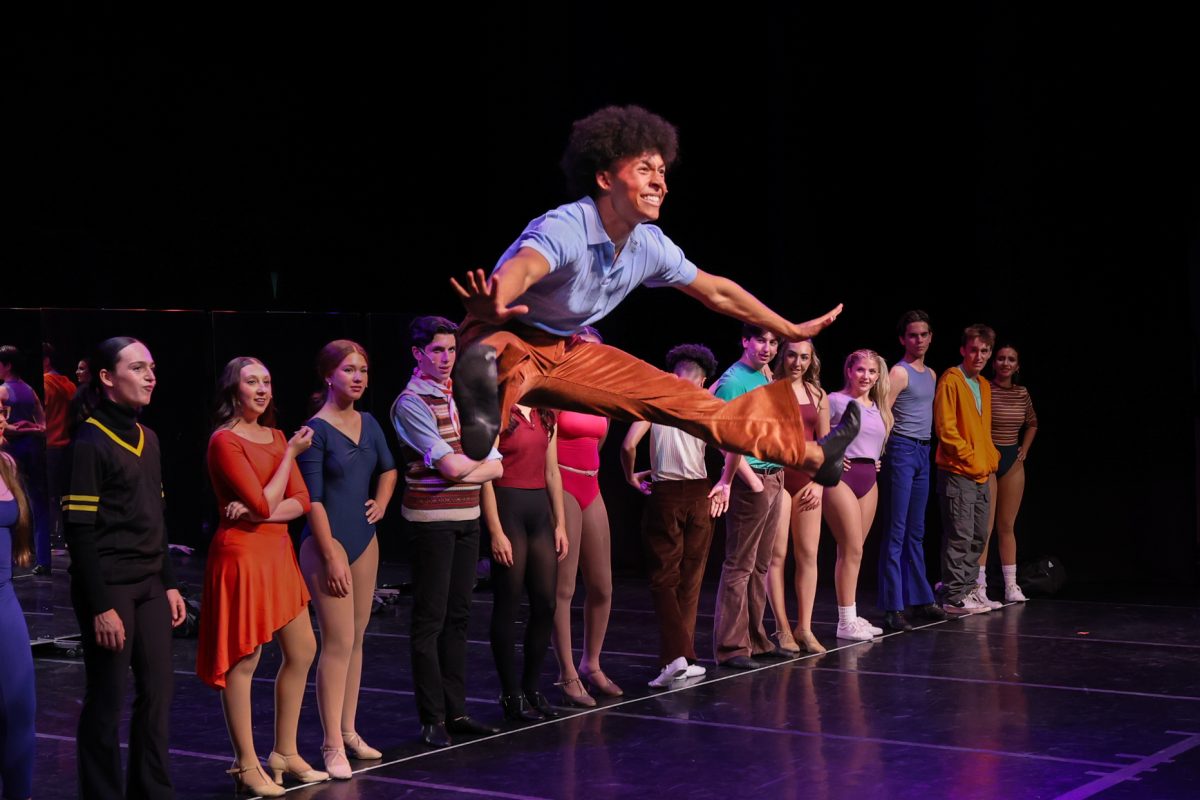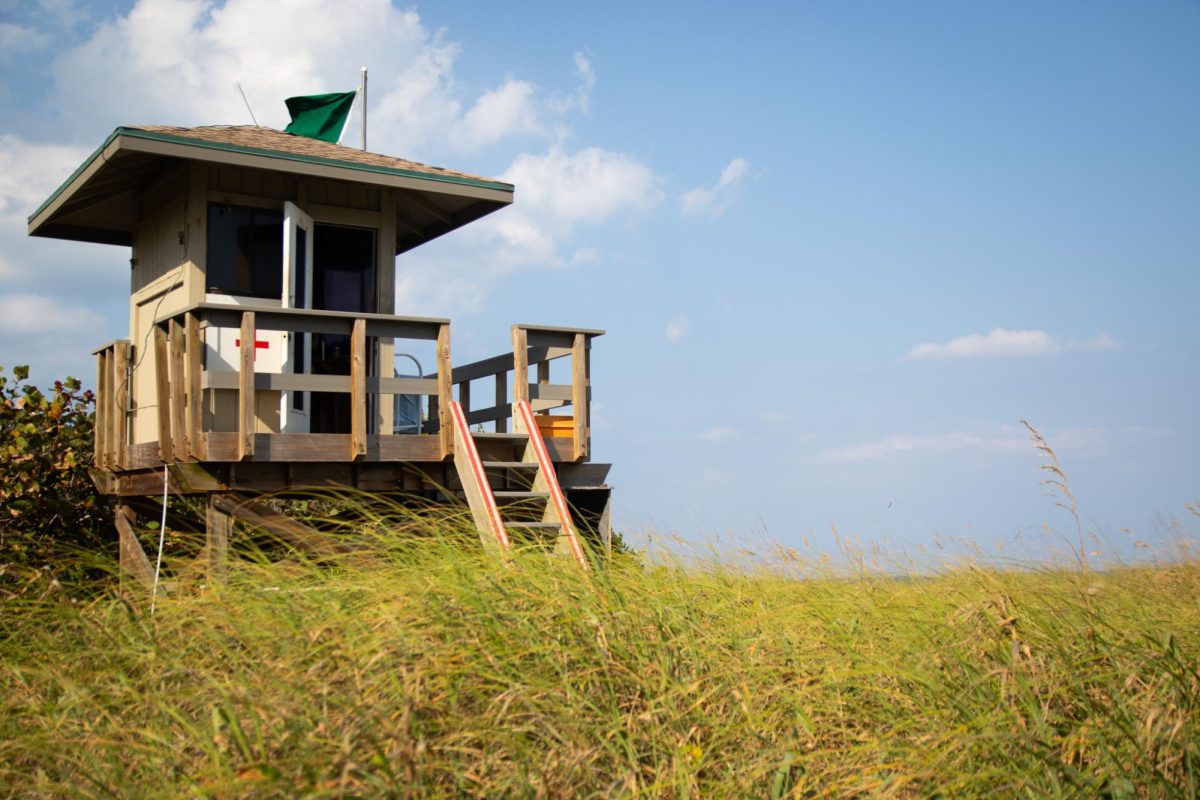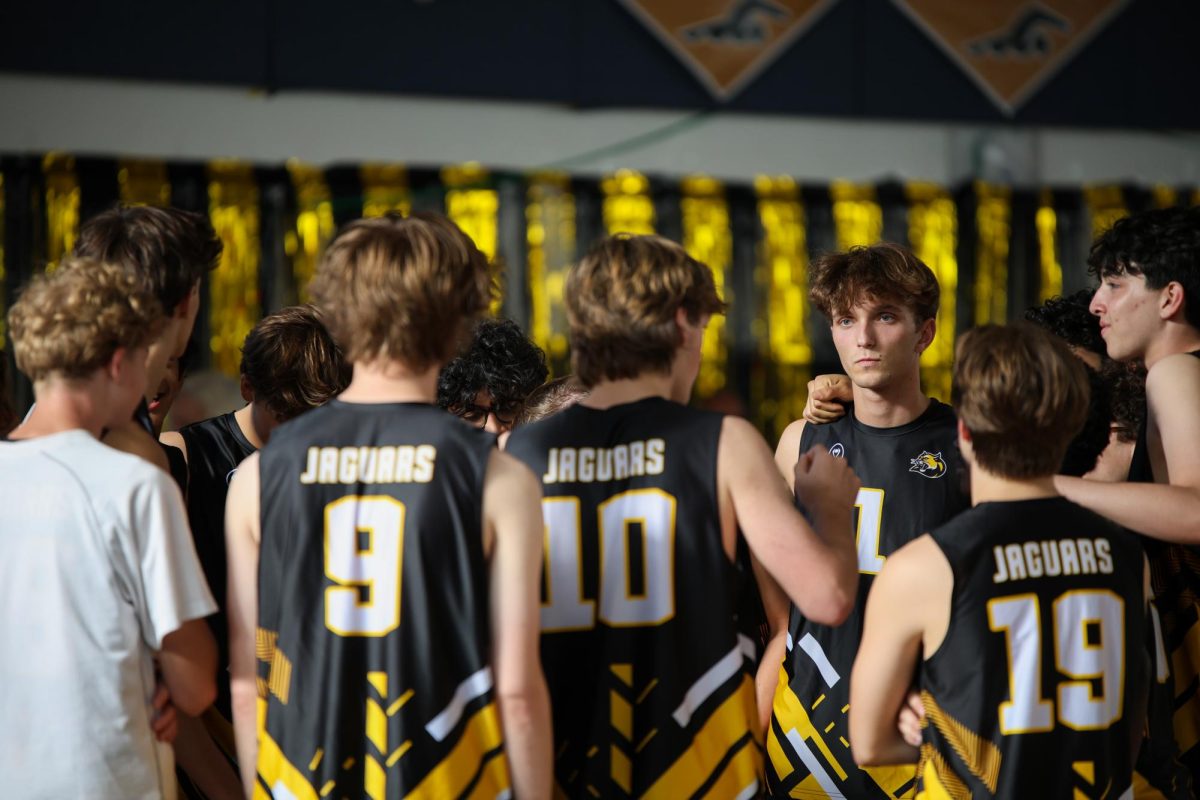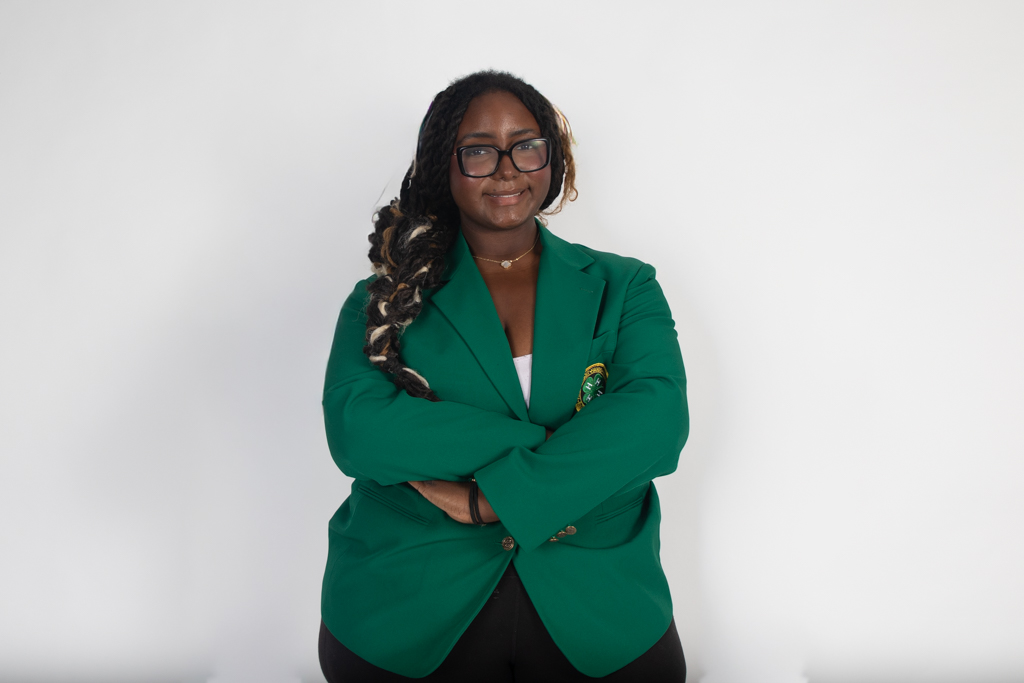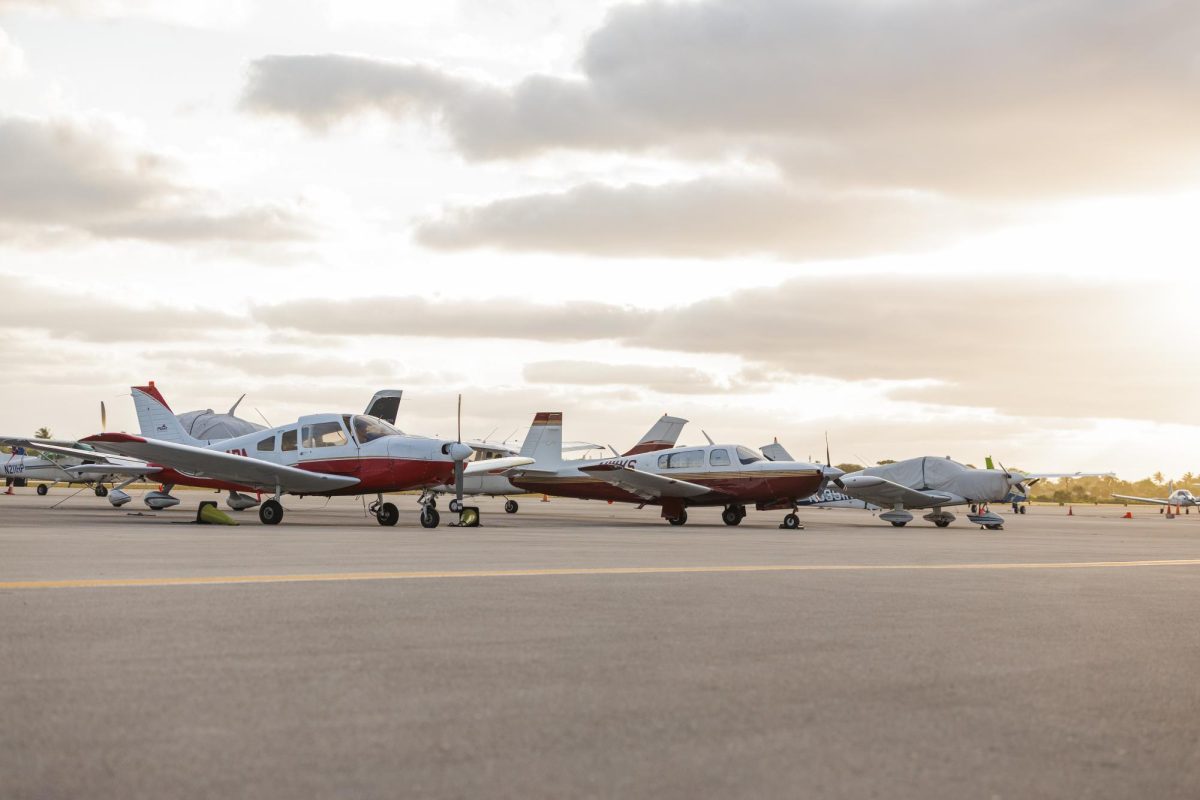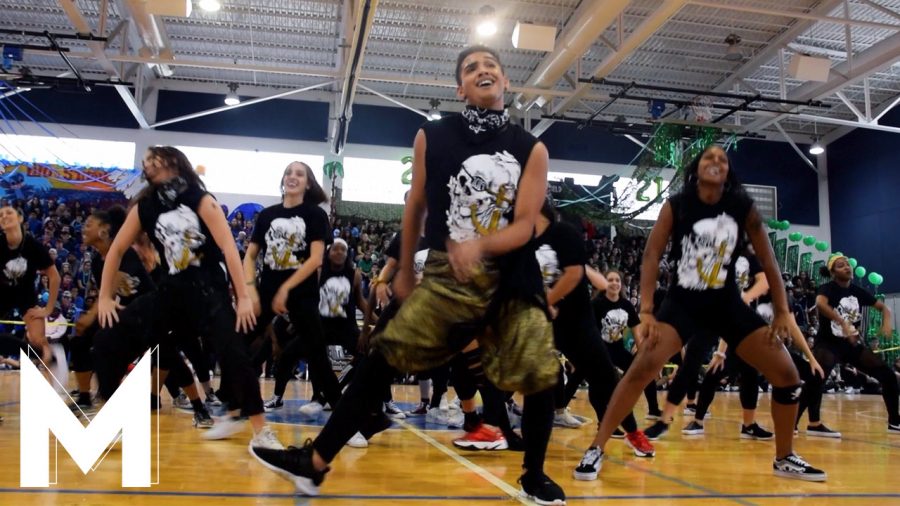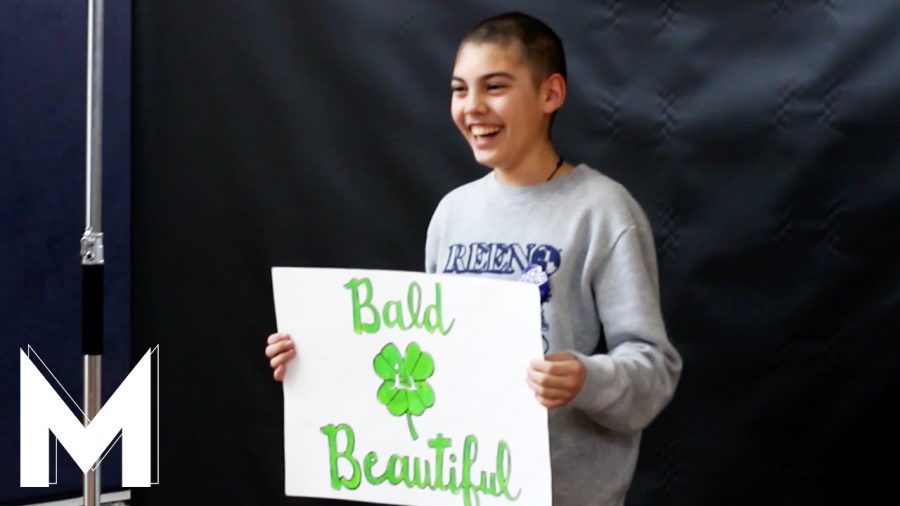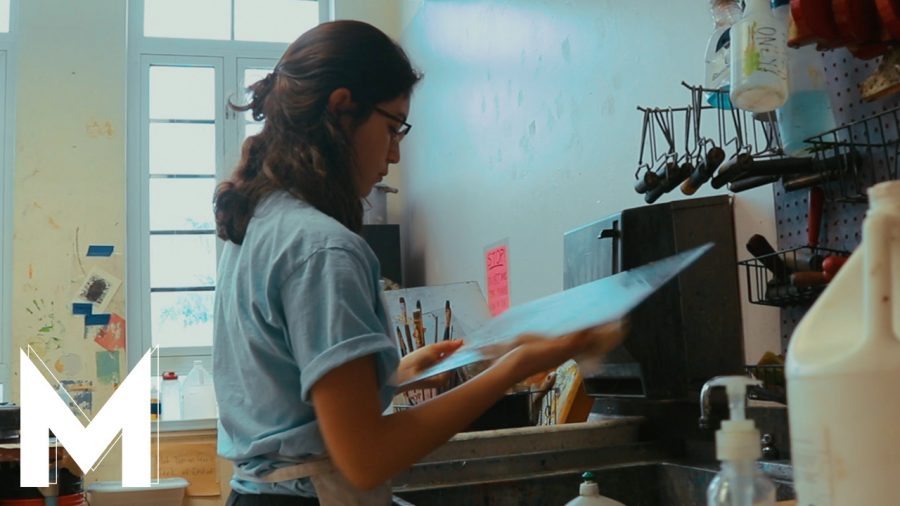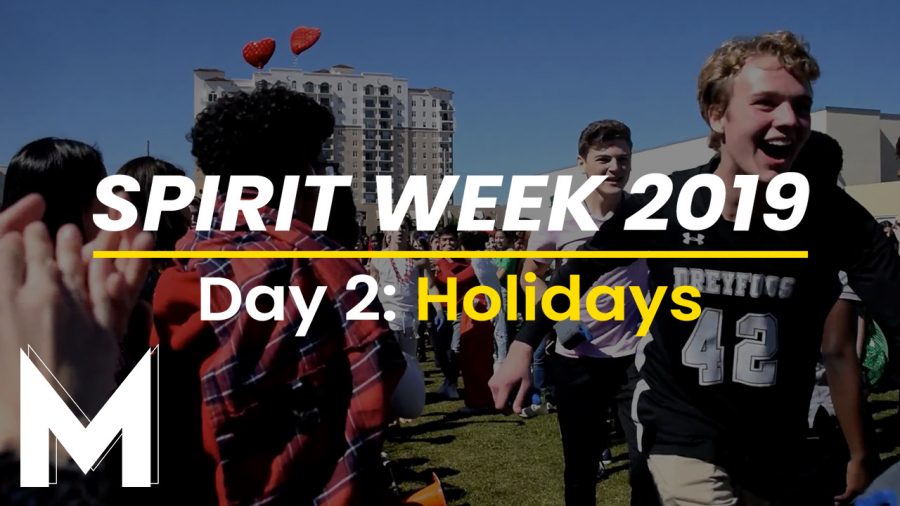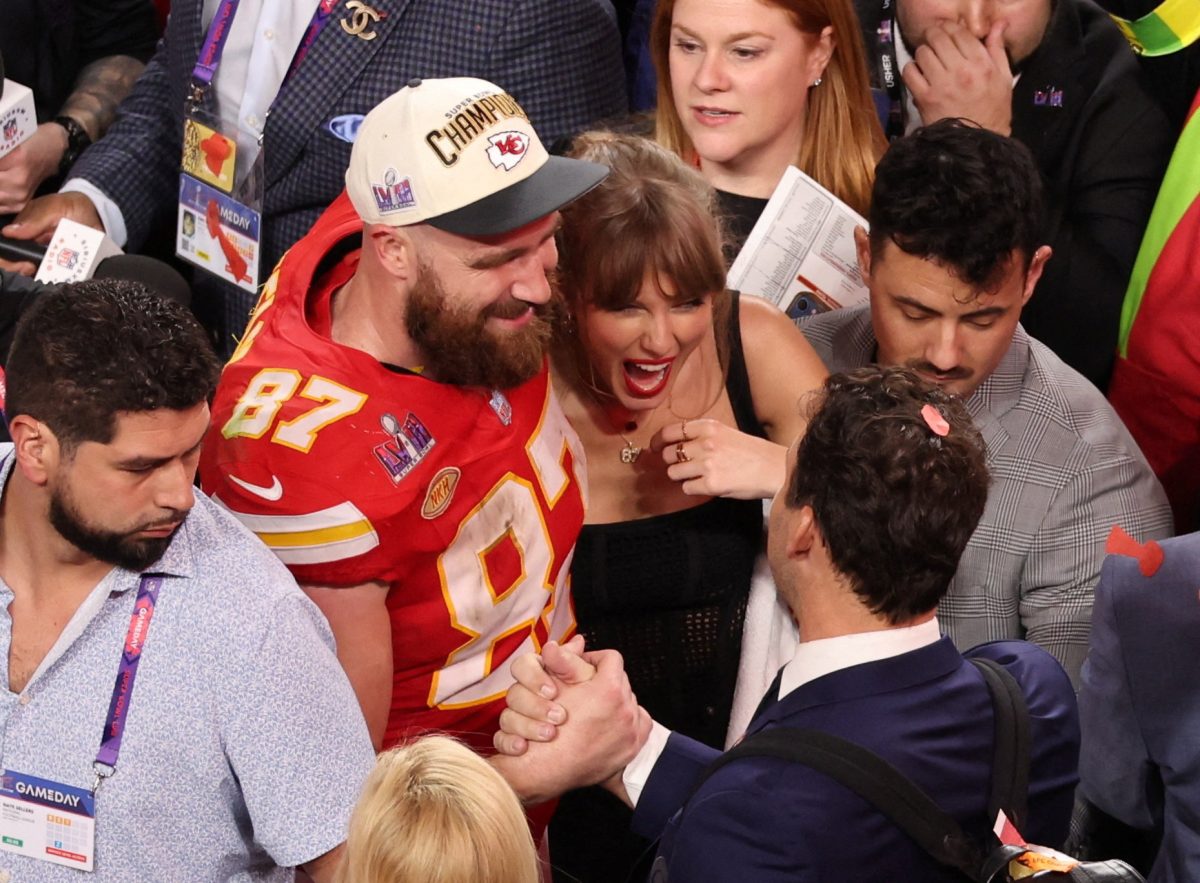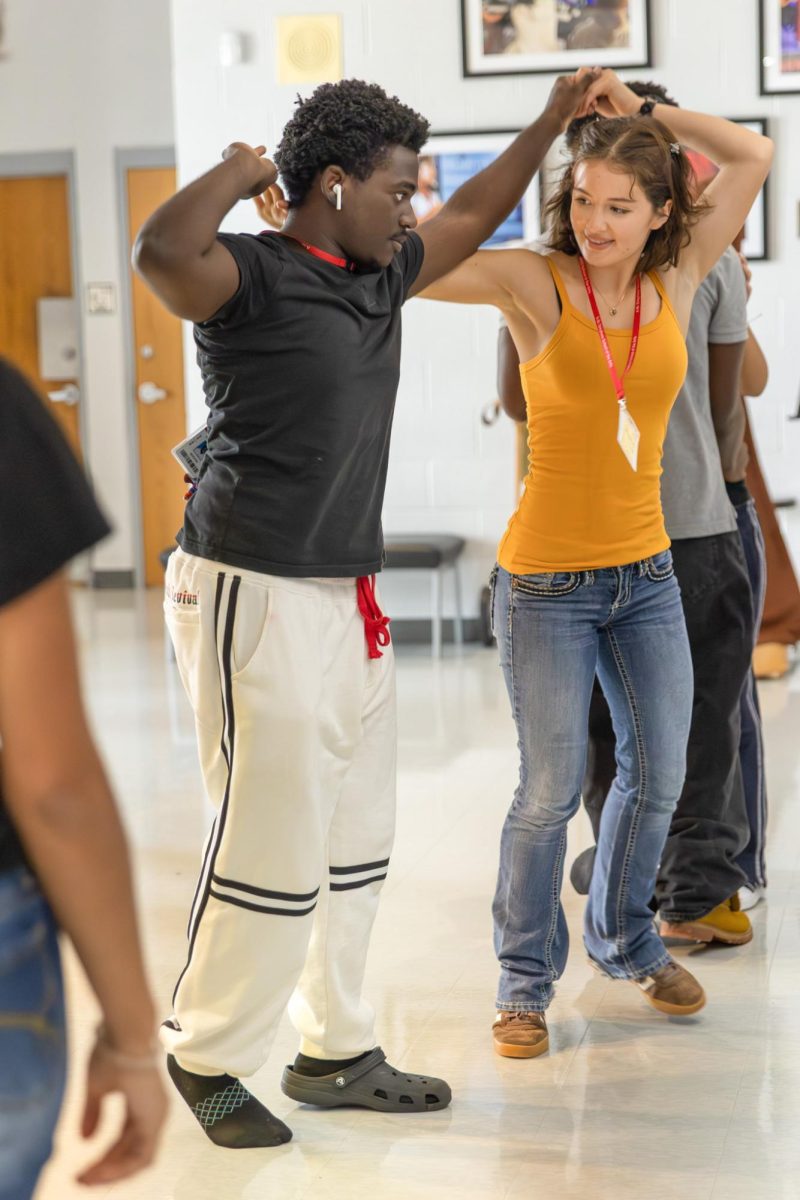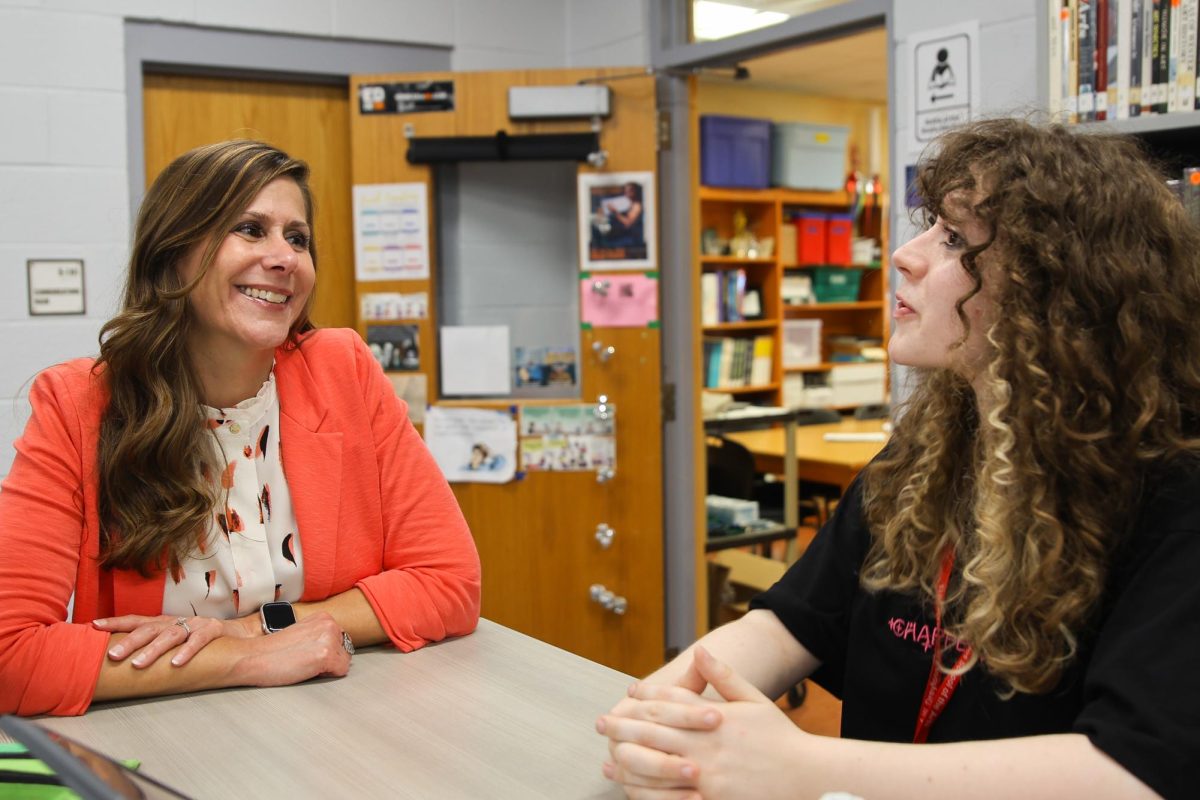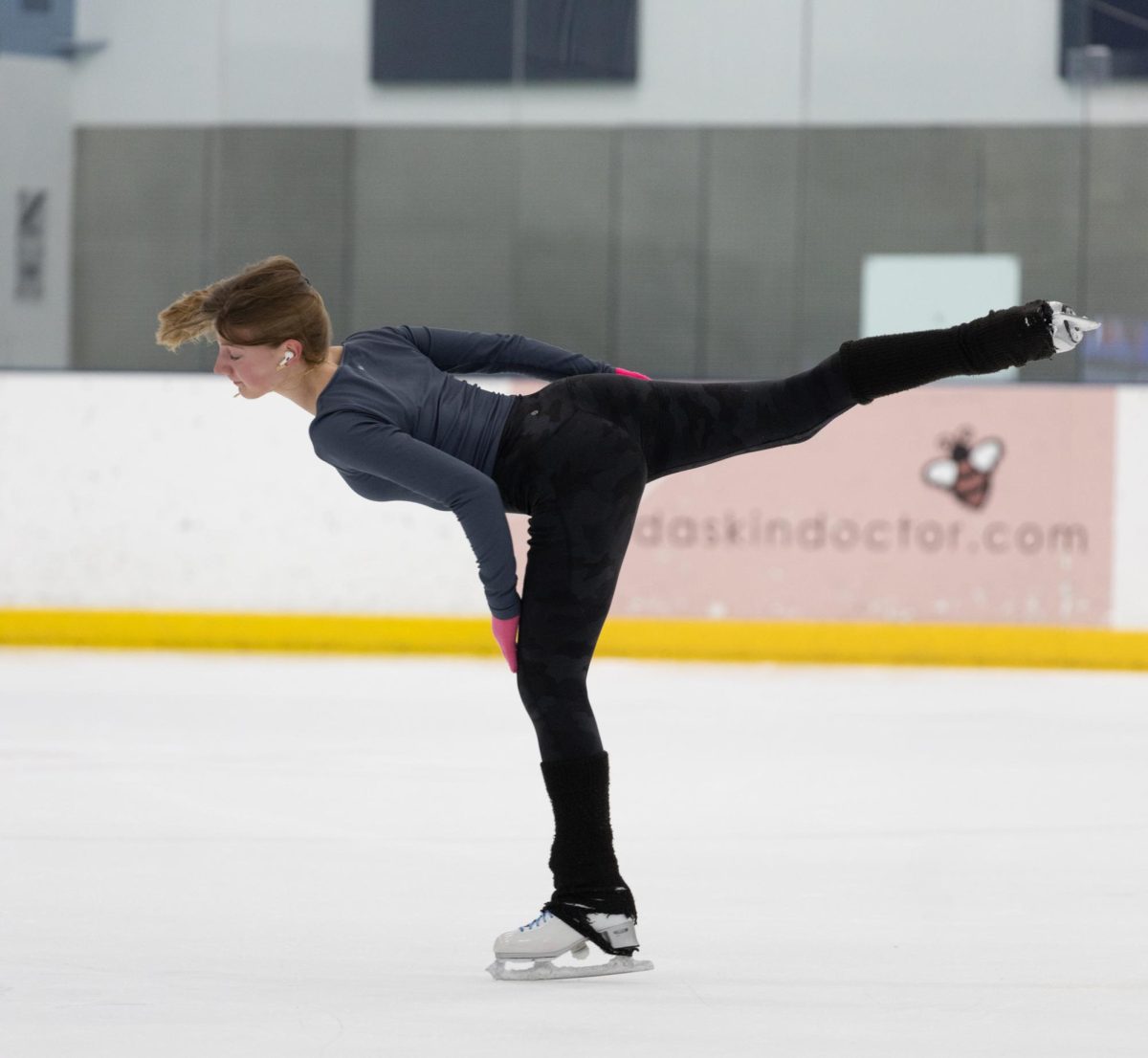A grueling sun beats down on an open field, and players fight both heat exhaustion and dehydration. However, another group of athletes begin to put on warm clothes and skates to spend the day in a 50-55 degree ice rink.
This number of athletes in the ice rink has only grown. In 2010, USA Hockey reported 10,856 player registrations. In 2020, there were 16,956 registrations; marking a 56.2% increase in USA Hockey player registrations in the last decade alone. This interest in winter sports among athletes also applies to figure skating.
“When I used to say I did figure skating people would be like, ‘Oh, really in Florida? That’s weird,’ because no one’s thinking of (figure skating) when they think of a sport that anyone’s doing here,” figure skater and communications sophomore Carys Coleman said.
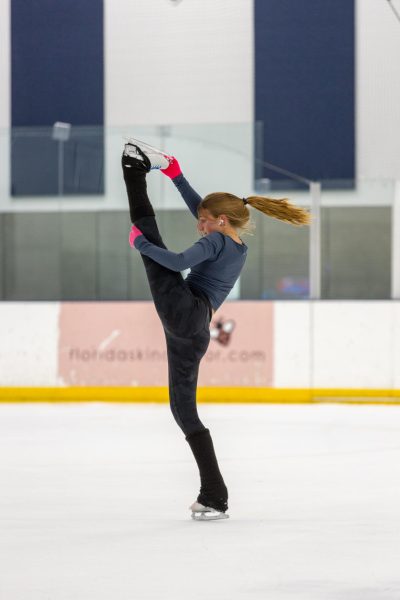
While Coleman was initially intrigued by figure skating at a birthday party, former ice hockey player and theatre senior Starienne LoMonaco began her journey at a different type of rink.
“I started playing roller hockey when I was in elementary school because I liked skating,” LoMonaco said. “Then all the kids in my league switched over to ice hockey, so I played that and I loved it.”
A problem with winter sports, specifically ice hockey, per LoMonaco, is that it can involve a relatively high price tag. LoMonaco explains that while playing soccer you often would just have to buy your uniform, cleats, and the price needed to play in the league — ice hockey is much more.
“It was definitely a few thousand (dollars) between equipment,” LoMonaco said. “Then you have to pay to be in a league or on a team. A helmet is a hundred something, your skates could be another few hundred, and then your stick is a few hundred.”
Figure skaters also face these problems, as a good pair of skates is around $500-1000, figure skater and visual arts sophomore Lauren Derion said. “Then if you take private lessons too, it’s $50 for half an hour.”
Being in the cold also suggests a much different dress code. In soccer, while you might wear a pair of shorts and a shirt, Derion explained how she wears a pair of gloves, leggings, and a jacket or hoodie when figure skating.
Skating also presents another problem other than price — injuries.
“Winter sports are definitely super dangerous, because if you fall on the ice and hit your head, you can get a really big concussion,” Derion said. “If you don’t have the right technique for anything, you could also get injured,” Derion explained that she had a friend who hit her head on the ice and couldn’t skate for multiple weeks.
And former ice hockey player and dance senior Shane Garnett says he got around three concussions when he played competitively.
But despite living in Florida, many students still find relatively easy access to ice rinks. Though Skate Zone and Ice Works are the two most popular rinks, according to figure skater and communications junior Danica Gallant, there are other locations in the county: including Boca Ice and Rink on the Beach.
“It’s very accessible for me,” figure skater and theatre sophomore Henrik Paternoster said. “There’s a lot of ice rinks in Florida that give ice time to figure skaters all year round, like every single day.”
Similar to other sports, figure skating is “very much of a time commitment,” as Gallant said. In fact, Paternoster goes skating almost every day, before and after school, in order to prepare for competitions; while Gallant normally goes around four times a week for two to three hours at a time.
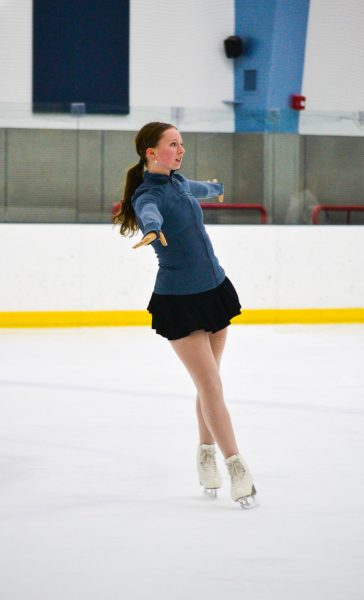
Garnett explains when he began doing travel ice hockey his last four years of playing, he had around three practices a week, a game every other weekend, and then six to seven out of state tournaments a year. He believes this practice pays off.
“My first year in 14U we won probably 80% of them (games) and then we won the state championship that year, then the next year we were probably middle road, we made states but then loss in the semi finals. And then my last year we made it to state and then we lost in the quarterfinals.”
With 2023 being one of South Florida’s hottest years on record, students like Coleman and LoMonaco, have been going to the ice rink to escape the summer heat.
“I saw many kids get heat exhaustion by running around and playing outside all day, and It just didn’t seem very appealing to me,” LoMonaco said. “I think being in the cold is a nice contrast to being outside all the time.”
Winter sports can also serve a larger purpose than just getting out of the heat.

